Top Window Styles - A Side-by-Side Comparison
Posted
on June 13, 2019
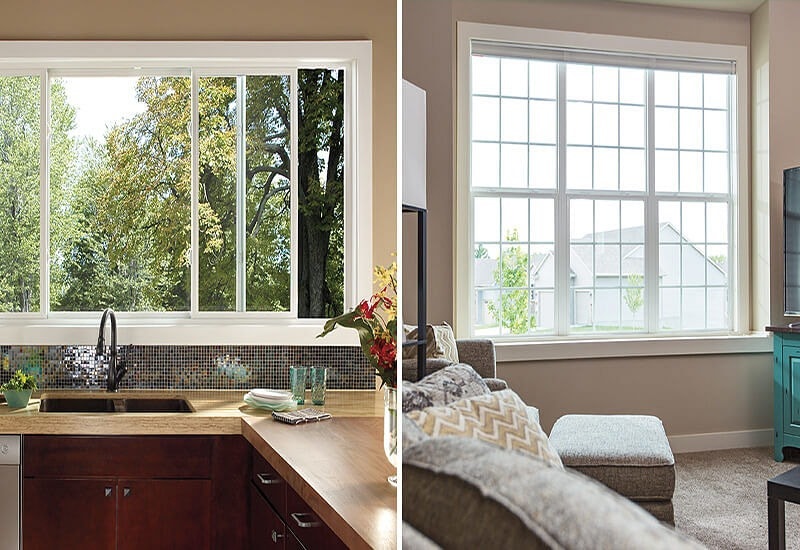
When replacing your windows, the first step is to have a full understanding of all the available options. A change of style can mean a dramatically different look for any of your favorite rooms, and going in a different direction in terms of operation can help streamline your home experience on a daily basis.
There are two common styles of operation for windows - windows that slide open and windows that crank open (also referred to as casement). Sliding windows are operated by moving a sash vertically or horizontally along a track. With a sliding operation, one or more panel can “slide” along a track, or one panel can remain stationary while the other panel slides alongside of it to open. A crank window opens to the otside of the home when the handle mechanism is turned.
Even if you are satisfied with your current style and functionality, it’s important to understand the difference between crank vs sliding operation before making a final decision. Take a look at all of the major differences between the two styles below.
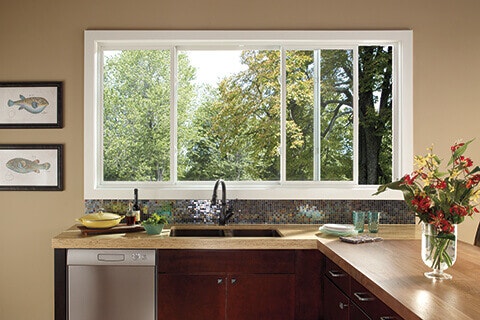
Sliding Sash Windows
Sliding sash windows are windows that open vertically or horizontally, by sliding the sash (panel that moves) along an embedded track. Vertical sliding window options are popular and include single-hung and double-hung windows. The difference between these two comes down to operable panels. A double-hung window can open from top or bottom, whereas a single-hung window can only open one sash. Horizontal sliding windows are commonly referred to simply as sliding windows or slider windows. This style traditionally includes panels within the window that slide side to side.
Both styles come with a number of benefits including compact functionality, ease of operation, and the option of an exterior screen. Sliding sash windows are popular in areas with limited space or exterior walkways or living spaces close to the window. They are a classic option and have stayed popular through their versatility, durability, and ability to scale.
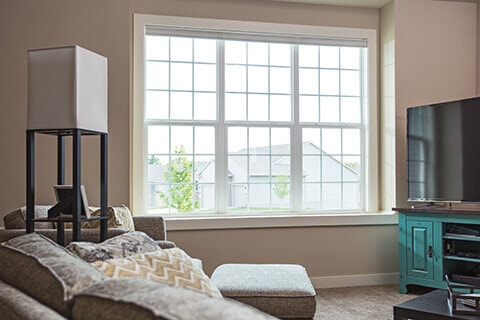
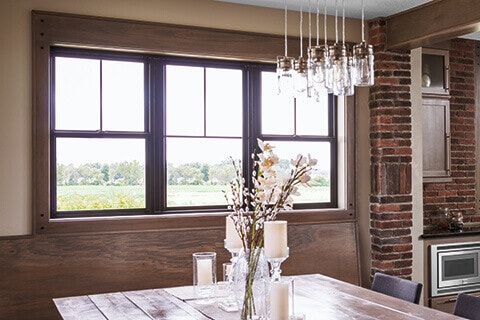
Sliding windows are typically wider than they are tall, and may be better-suited for wide openings. A large sliding window can offer more of an unobstructed view of the outdoors since your eye takes in a wider view of the landscape. Because they are typically larger in size, sliding windows also tend to open wider than traditional double-hung windows, allowing more natural ventilation. Sliding windows have a clean, unobstructed look. One thing to consider is that many double-hung windows offer the option of tilt-in cleaning, which can make it more convenient to clean the outside glass, so if your sliding windows are hard to reach from the outside, they may be more difficult to clean.
Single-hung windows are great if you are looking to simplify operation. Single-hung windows only have one movable panel, and are a classic operation found in many homes today. Sliding windows, on the other hand, open from either side, giving you more flexibility, and generally a larger opening. Single-hung windows will typically be more affordable than sliding windows. Another consideration when comparing these two styles is the aesthetic — some homeowners prefer the look of a single-hung window for certain styles of home.

Hinged Crank Windows
Hinged windows offer a different operation by using turn-crank operation to open and shut. Still simple to use, they also stand out in a few key ways. Hinged windows allow full ventilation as the entire panel opens rather than sliding against the other sash. You may not be able to fit a window-installed air conditioner in a crank-out window, which is something to keep in mind if that is a consideration for you. There are two main varieties of hinged crank windows including awning windows which leave a horizontal opening, and casement windows which leave a vertical opening.
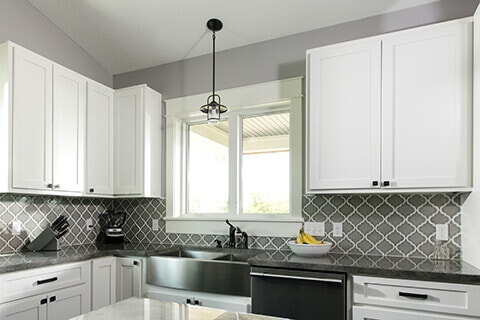
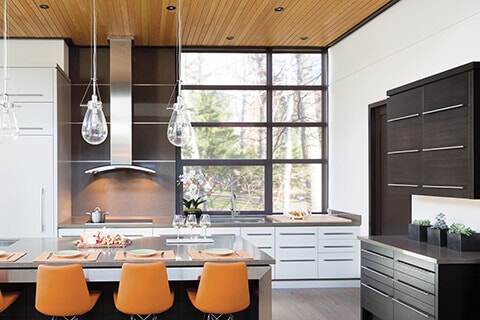
The major advantage of casement windows over double-hung is that the casement is able to open fully, while double-hung windows' range of motion is somewhat more limited. Casement windows are great for homeowners who prefer a clear view or a bit of extra ventilation — when directed toward the breeze, they may serve to “scoop” the air into the home.
However, some homeowners dislike having casement windows in a second story because they may not be as convenient to clean as tilt-in double-hung windows. Some homeowners also appreciate the unique venting features of double-hung windows, which can help ventilate out warm air through the open top sash, while allowing the cool breeze in through the open lower sash — convenient for warmer second stories.
Go with casement for smaller window openings and an unbroken view. Or choose sliding windows for a design that can support larger horizontal window openings. Another consideration may be the material you prefer — sliding windows may be available in vinyl and fiberglass but not wood. If you prefer wood, casement may be the way to go. Another thing to consider may be the cleaning or maintenance required between the two styles. Crank-operated windows require some regular maintenance to keep the mechanisms turning smoothly. On the other hand, some homeowners find that the tracks on sliding windows collect more dust than other styles.
Casement windows typically refer to windows that set vertically (taller than they are wide) and swing outward. Casement windows can be left or right swing. Awning windows are set horizontally (wider than they are tall) and crank out from the bottom. Awning windows are commonly used in applications where there is minimal vertical space, such as above a kitchen sink.
So what windows should you choose?
Considering window operation is a simple question — would you rather push/pull a sash in a sliding operation, or turn a handle to crank your window open or closed? In the end, many homes include a bit of each, depending on the application. If you just can’t decide, or you’d like to discuss the options, reach out for a free in-home consultation.
Horizontal vs. Vertical Windows
Horizontal windows refer to windows that are wider than they are tall. Horizontal window options can include sliding windows and awning windows. You can also achieve the look of a horizontal window with more operation flexibility by placing two casement windows side by side.
Vertical window options are taller than they are wide. Choose a vertical sliding window with either a double-hung or single-hung window. For a crank operation, casement options are a great choice.
You are not limited to just one style within a home either. Window combinations can make a unique feature within a home. Consider combining several styles to create a stylish statement.
Schedule a free consultation to find windows and doors for your home.
